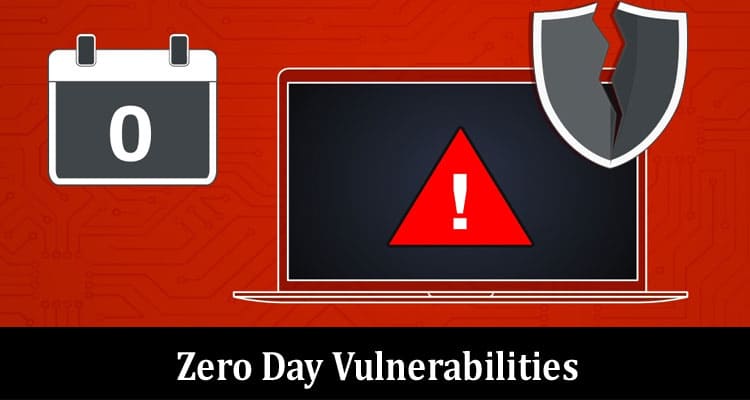In the ever-evolving landscape of cybersecurity, staying ahead of threats is crucial. Among the various challenges faced by organizations, “Zero Day” vulnerabilities pose a significant risk. These vulnerabilities refer to flaws in software or hardware exploited by hackers before developers become aware of them, making them more nightmarish for security teams.
Understanding Zero Day Vulnerabilities
Before we jump into the solutions, it’s important to understand what Zero Day vulnerabilities are. Unlike known vulnerabilities for which patches are available, Zero Day vulnerabilities are unknown to the developers, leaving systems exposed until a fix is developed. Additionally, a zero-day exploit is the technique with which bad actors use to attack systems that have an identified vulnerability. Here’s what you need to know to combat and contain these elusive threats.
Stay Informed
Vulnerability Intelligence: Regularly monitor trusted sources for information on the latest vulnerabilities. Subscribing to security feeds, blogs, and newsletters can help you stay informed about potential threats.
Collaborate within the Industry: Share information and collaborate with other organizations and security researchers. The more collective intelligence is gathered, the better the chances of identifying and addressing Zero Day vulnerabilities.
Robust Patch Management
Prompt Patching: Develop a proactive patch management strategy. Ensure that all software and systems are regularly updated with the latest security patches. Automated patching systems can expedite this process.
Risk-Based Prioritization: Prioritize patching based on the criticality of systems and the severity of vulnerabilities. This ensures that the most significant risks are addressed promptly.
Implement Network Segmentation
Isolate Critical Systems: Employ network segmentation to isolate critical systems. By dividing your network into segments, you can contain the impact of a potential breach, preventing lateral movement of attackers.
Zero Trust Architecture: Adopt a Zero Trust security model, where trust is never assumed, and verification is required from everyone trying to access resources in the network.
Behavioral Analysis and Anomaly Detection
Behavioral Monitoring: Implement behavioral analysis tools that can detect abnormal patterns of activity. By understanding the typical behavior of your network, you can identify deviations that may indicate a Zero Day exploit.
User and Entity Behavior Analytics (UEBA): Utilize UEBA solutions to monitor and analyze user behavior. This can help in early detection of malicious activities that might be indicative of a Zero Day attack.
Regular Security Audits and Testing
Penetration Testing: Conduct regular penetration testing to identify vulnerabilities in your systems. This proactive approach allows you to discover weaknesses before attackers can exploit them.
Red Team Exercises: Simulate real-world attack scenarios through red team exercises. This provides valuable insights into how well your defenses can withstand sophisticated attacks.
Incident Response Planning
Develop an Incident Response Plan: Have a well-defined incident response plan in place. This should include clear procedures for identifying, containing, eradicating, recovering, and learning from security incidents.
Tabletop Exercises: Regularly conduct tabletop exercises to test the effectiveness of your incident response plan. This helps in refining the process and ensuring that all stakeholders are well-prepared.
To effectively combat and contain Zero Day vulnerabilities, SecOps teams require a multifaceted and proactive approach to cybersecurity. By staying informed, implementing robust patch management, utilizing network segmentation, employing behavioral analysis, and conducting regular security audits, organizations can significantly enhance their resilience against these advanced and persistent threats.


